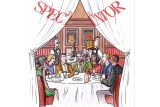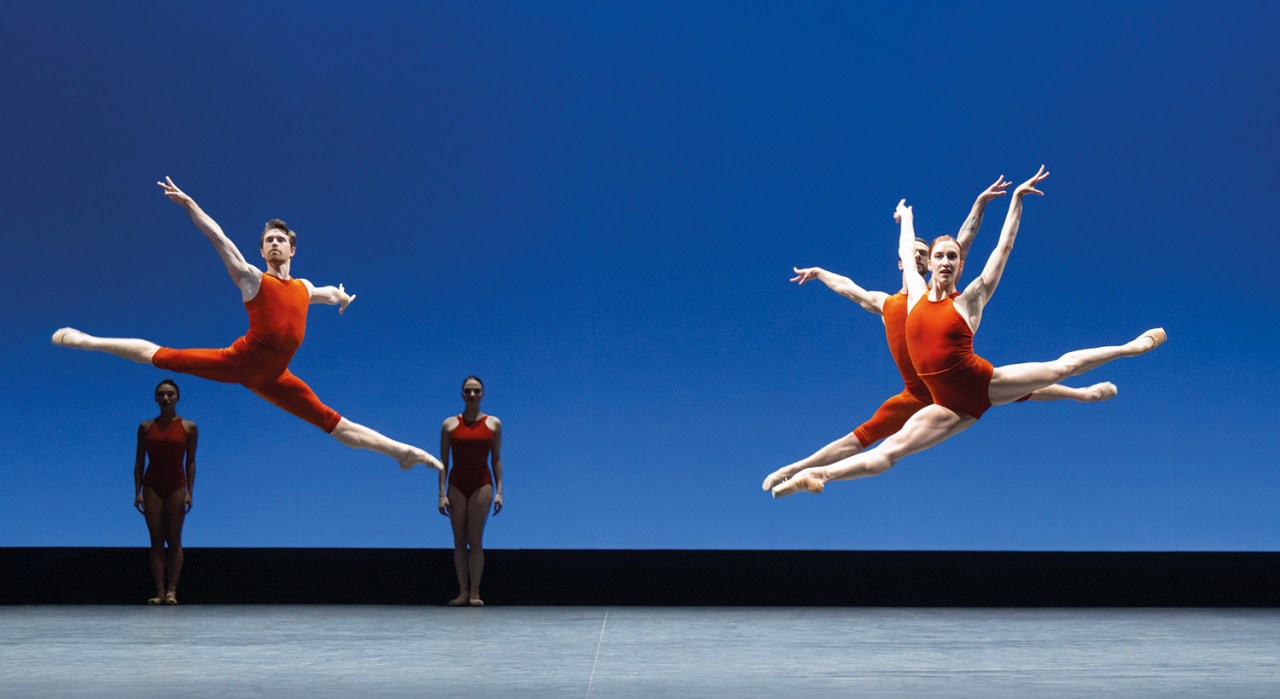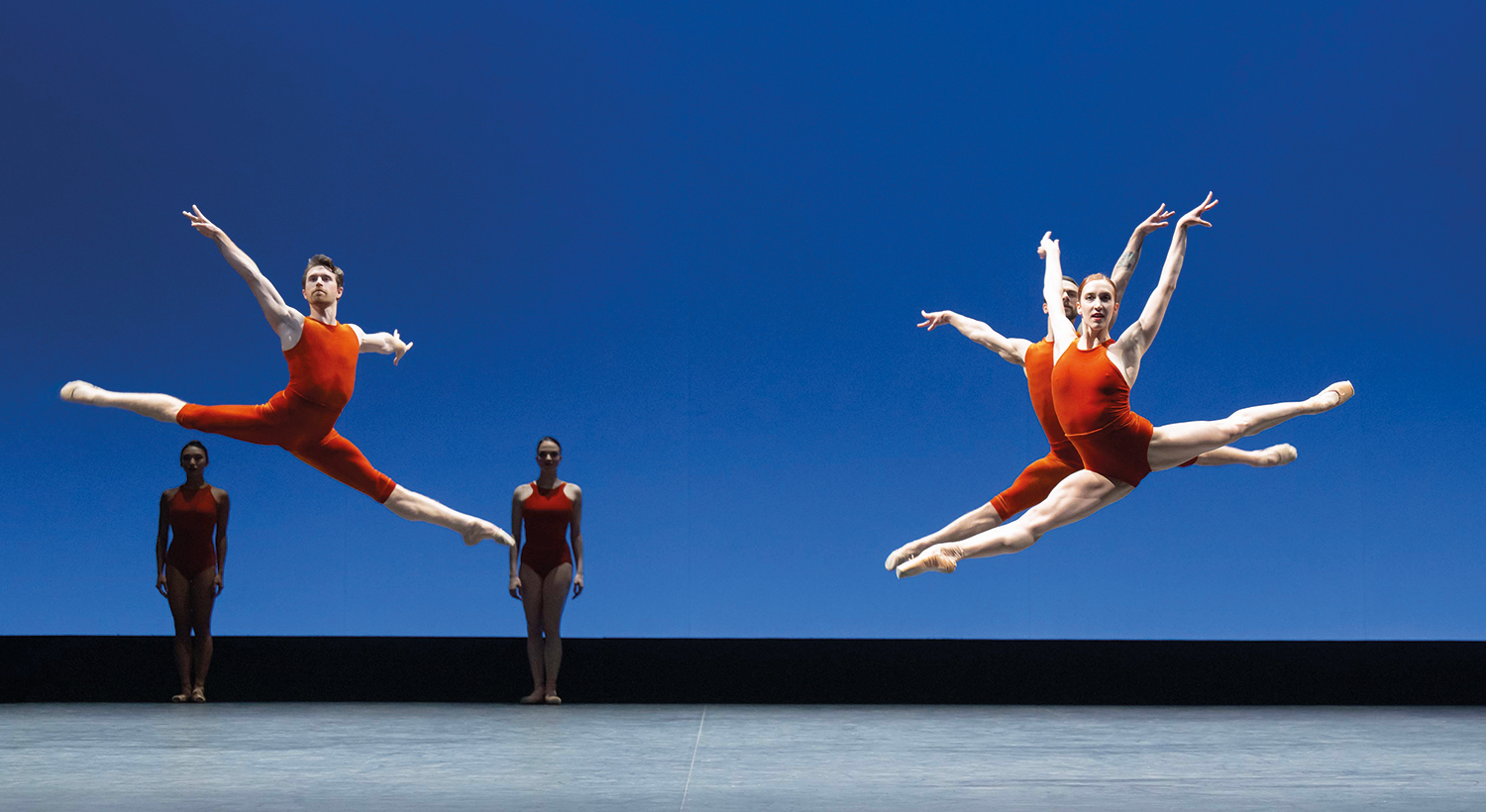
The first time I saw the work of Trajal Harrell I stomped out in a huff muttering about the waste of public money and is this what the art of dance has come to. But perversely I was drawn back for more of its weirdness, and after The Köln Concert I am relenting. The guy might be on to something.
A middle-aged, Yale-educated African-American with a melancholy air on stage, Harrell should probably be classified as post-post-postmodernist. In any case, don’t expect meaning to emerge clearly or logic to govern the movement he creates. His territory is queer in every sense of the term, dippy-hippie in spirit, and aesthetically far to the left in its rejection of order or hierarchy. Yet it is also open-hearted, innocently comical and slyly beguiling.
The Köln Concert uses music improvised by the great jazz pianist Keith Jarrett on a legendary occasion in 1975, with a first section given over to four Joni Mitchell songs – three from the album Blue, plus her jazzed-up version of ‘Both Sides Now’. Describing what ensues may sound Pseuds Corner daft, but perhaps that is part of the game.
During the first three Joni songs, seven figures (including Harrell himself) outlandishly dressed in non-binary clothes, half-rags half-fanciful John Galliano couture, sit on small benches and wave their arms around repeatedly, responding to the music in the casual manner we all adopt in the privacy of our own fantasies. For ‘Both Sides Now’, a man sashays on tiptoe round the stage in a fur coat. Others follow suit. There are no emotional overtones: it all seems completely pointless, and almost apologetically humble – nobody is claiming to be a technically expert dancer.
Then the recording of Jarrett starts. The seven performers – of all shapes and sizes, none of them classically groomed beauties – don elegant short black togas of various cut. They sit on the benches in attitudes of mute self-absorption – no touching, no interaction, not even any eye contact. Without any evident prompting each in turn stands up and executes a little dance, some of them totteringly inept, some of them flamboyantly manic, to the entire indifference of his or her fellows. Finally, they all assemble in a wide semi-circle and strike statuesque poses.
Silly, yes. Baffling too, but without pretension. And somehow, I don’t quite know why, it not only held my attention over 45 minutes but also seduced me with some nameless subliminal sadness.
Harrell’s pathos stands in stark contrast to the energy coursing through the work of another American choreographer, William Forsythe, honoured by English National Ballet with an exhilarating but also exhausting triple bill. Harrell can’t relate to ballet; Forsythe is madly in love with it, driving its vocabulary to its extremities, speeding it up and sharpening its edges, making what was courtly in its graces into something uninhibitedly athletic. Balanchine is in his stylistic hinterland, but Forsythe is unencumbered by a tsarist past and adopts something of a college football coach instead, determined that his team will come out on top. He makes his dancers sweat, and they love it.
Of the three pieces being presented by ENB, Rearray is the winner: a trio for a ruthless female, attended and supported by two more hesitant male swains – a series of relationships worked out in brief scenes separated by blackouts and enhanced by David Morrow’s spare atonal score. It has all the clean fierce immediate impact of an icy vodka shot, and it is brilliantly executed by the imperious Emily Suzuki, flanked by Jose María Lorca Menchon and Miguel
Angel Maidana.
I’m not sure, however, that it was a good idea to follow it up with both Herman Schmerman (Quintet) and Playlist (EP). The two pieces are very similar – jolly, competitive workouts – and by the end I was feeling bamboozled by the sheer relentlessness of the exuberance on display. Perhaps Forsythe would like to return to ENB with one of his darker, more subtle creations: there are facets to his genius that London audiences haven’t yet encountered.







Comments